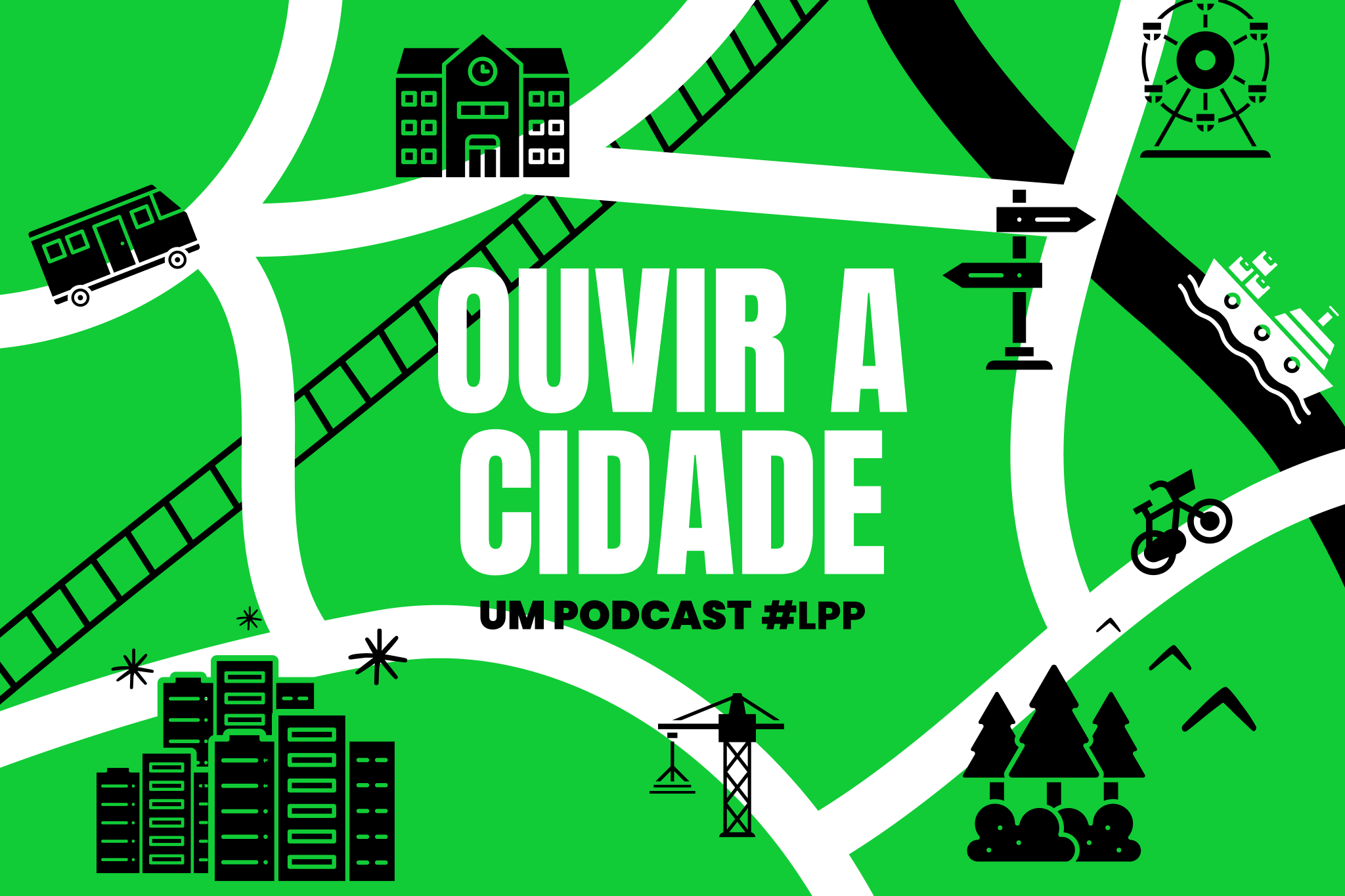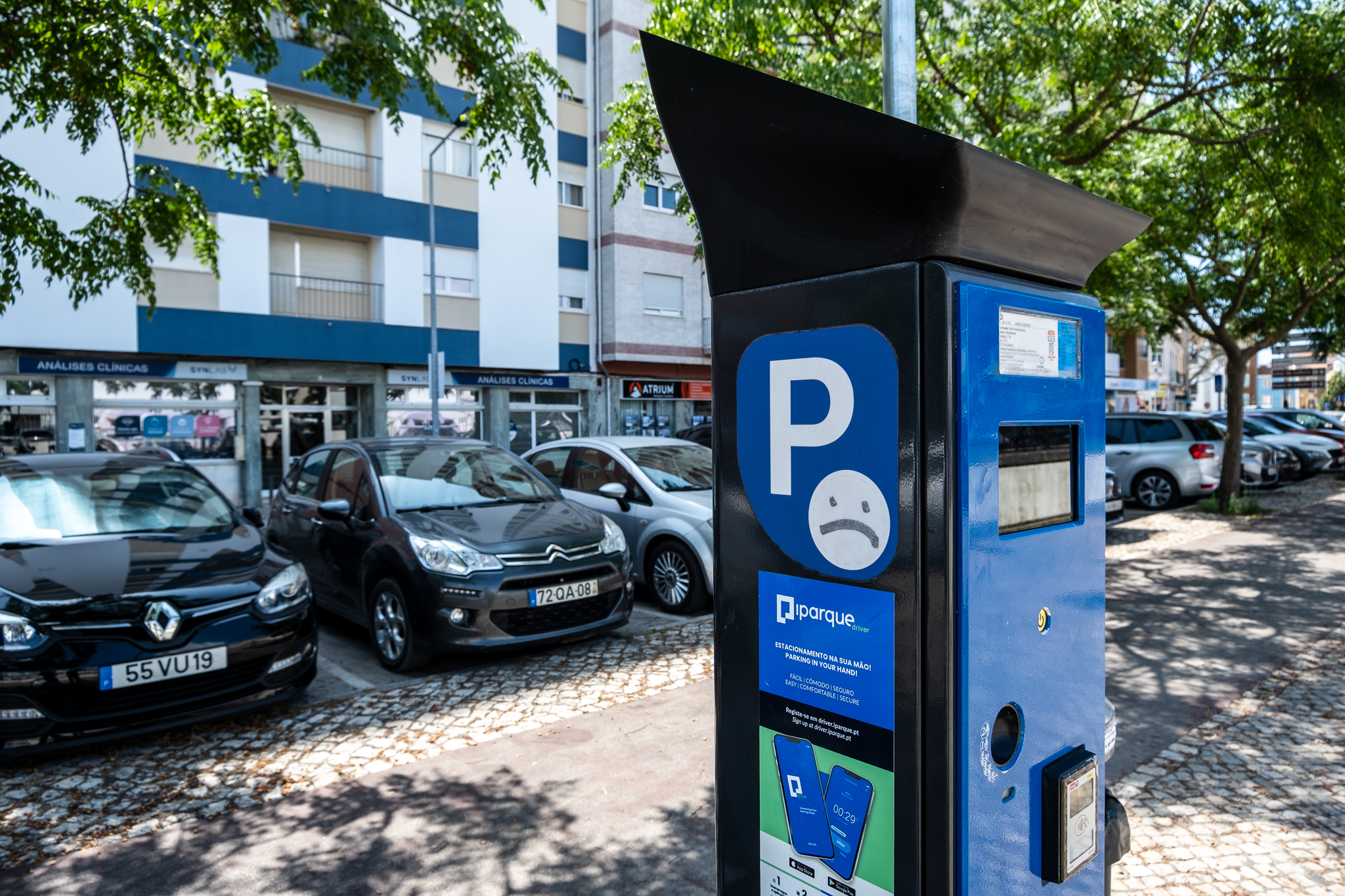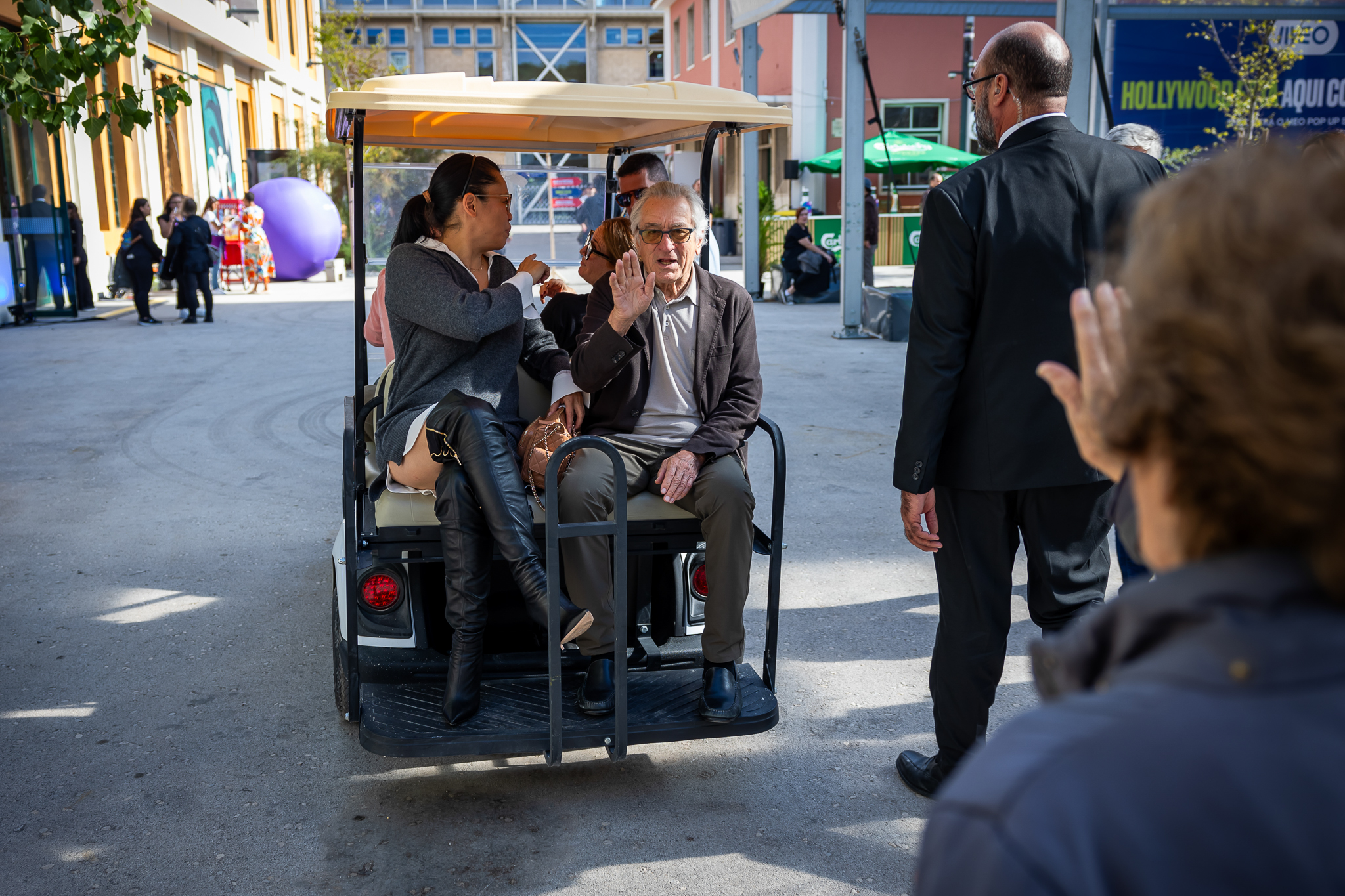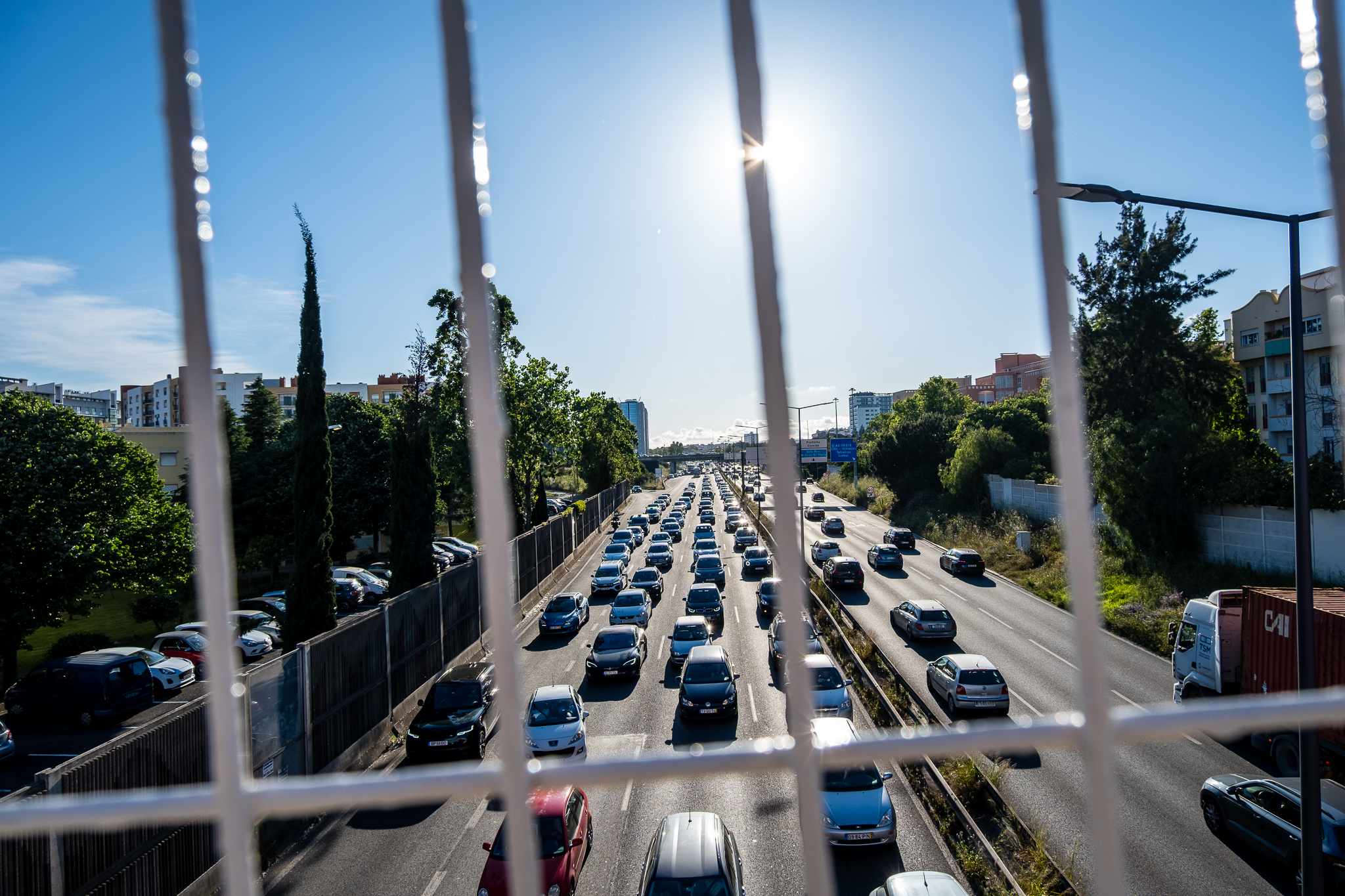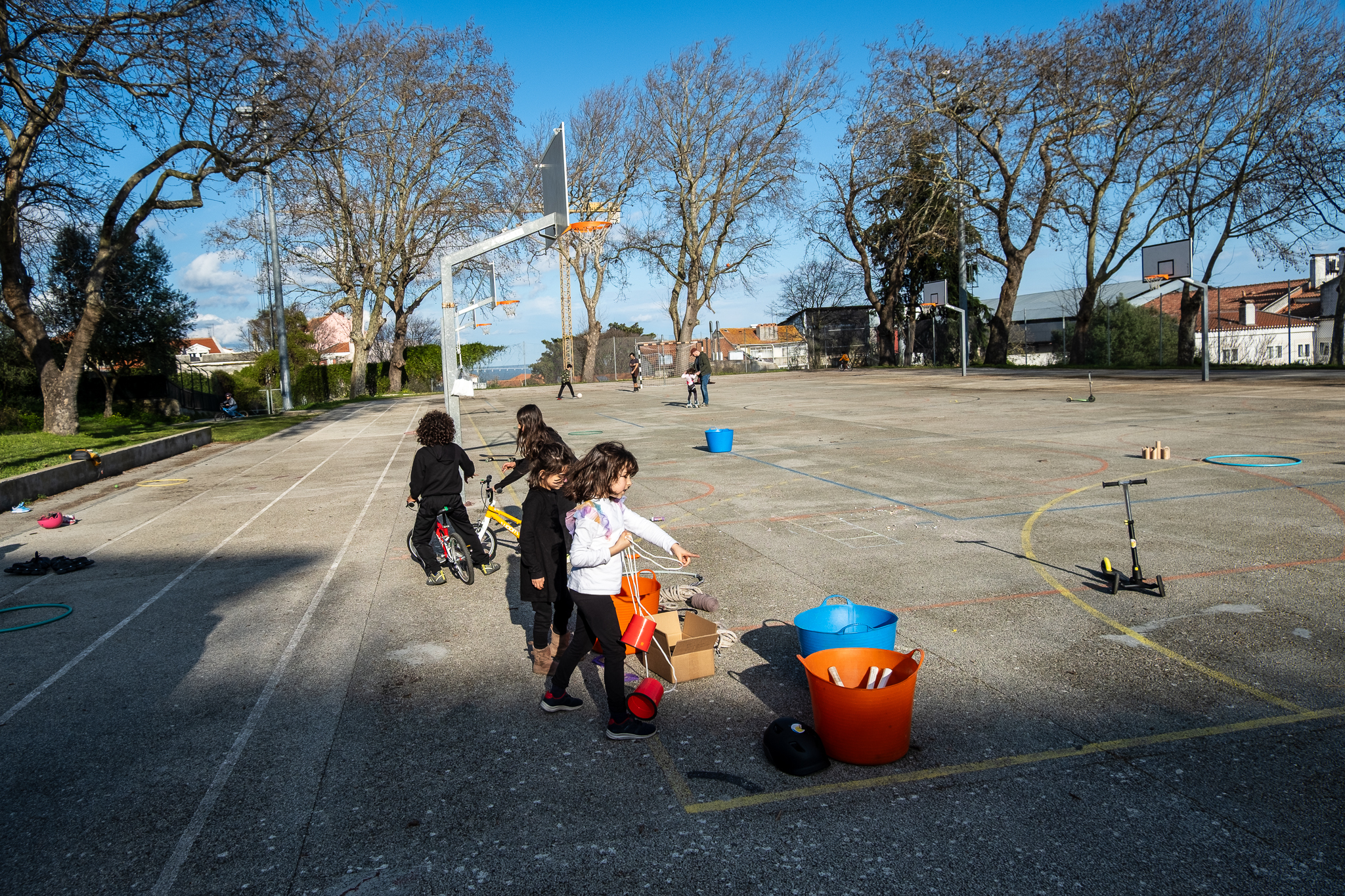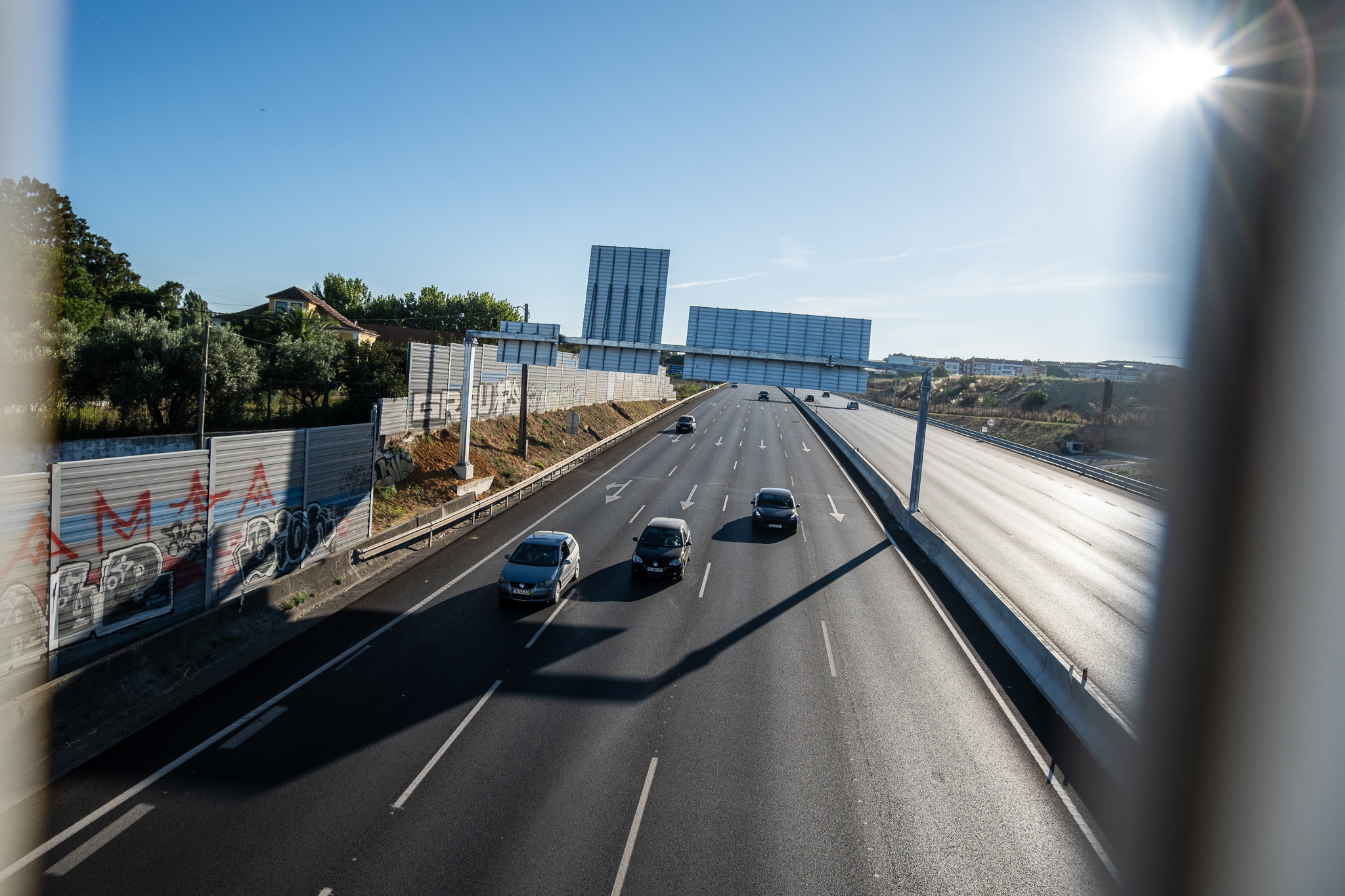The document arrives two years late but is now available for public consultation. Any person, association or other entity can send their contributions. The Government's strategy is to increase the modal share of walking to 35% by 2030.

It is under public consultation until November 11th the National Strategy for Active Pedestrian Mobility (ENMAP)This document is two years late (it should have been released in 2020), but it aims to define policies and guidelines to increase the modal share of walking and at the same time reduce sedentary lifestyles by 2030.
The ENMAP, which has as its time horizon the period 2020-2030, that is, only seven years of action, complements another strategic document, the Cycling Active Mobility (ENMAC), approved in 2020. Associations representing the sector have criticized the government for allocating few resources to the implementation of the ENMAC, which commits Portugal to a modal share of 10% in cities by 2030. ENMAP intends to increase the number of people walking to and from work from 16.41 PT3T (2011 Census) to 351 PT3T in seven years and, in the same period, decrease by 15 percentage points the sedentary lifestyle index, which the Direcção-Geral da Saúde (DGS) calculated to be 46.41 PT3T in 2020.
"In the last decade it has become clear that we need to change the mobility paradigm, through policies oriented towards a more sustainable mobility. The mobility of the future should be safe, accessible, inclusive, smart, resilient, emission-free, based on active, collective and shared mobility.
We are all pedestrians in part or all of our journeys. Walking is very important in the context of universal accessibility, highlighting the urgency of adopting policies designed at the scale of the pedestrian, which promote pedestrian mobility in conjunction with public transport and other active modes.
The National Strategy for Active Pedestrian Mobility 2030 (ENMAP 2030) is a key instrument in the pursuit of this goal, developing a holistic vision to guide public policies in the areas of mobility, transport and land use planning.
- ENMAP 2030
At almost 130 pages, the draft National Strategy for Active Pedestrian Mobility document is divided into four parts: a first one about the importance of pedestrian mobility in the current context of decarbonization and panorama of development of pedestrian strategies in other countries, identifying ideas transposable to the national reality; then, a view for pedestrian mobility in Portugal and goals; next, a action planconsisting of a set of measures grouped into different axes and aligned by strategic vectors; finally, the presentation of a governance and monitoring model.
After being approved by the Council of Ministers on September 23the National Strategy for Active Pedestrian Mobility (ENMAP) is in public consultation until November 11thallowing any person, association or other entity to present their contributions. After that, the document will be finalized by a working group composed of three senior technicians from the Institute of Mobility and Transport (IMT), who will exclusively monitor both the implementation of the strategy for Pedestrian Mobility and Cycling.


